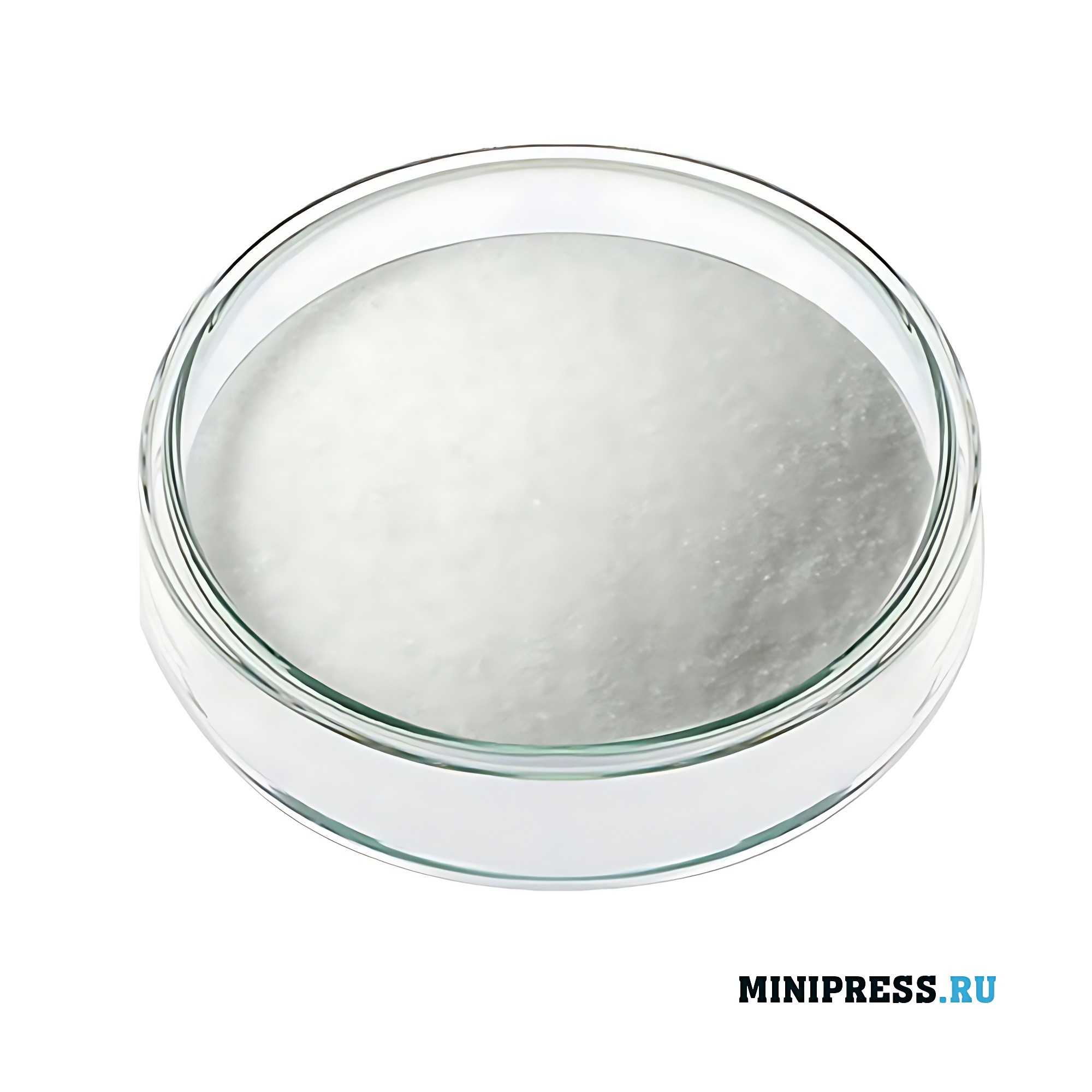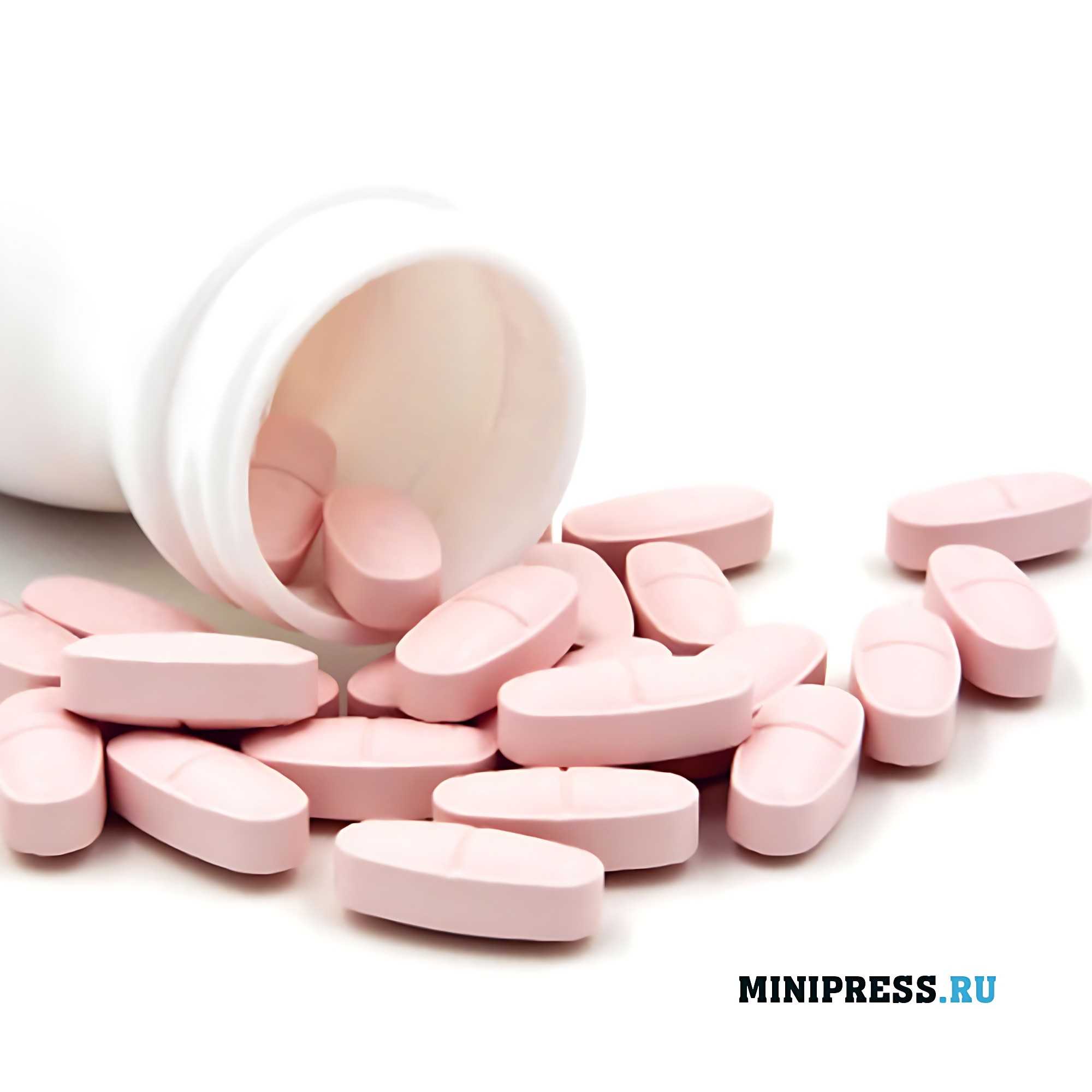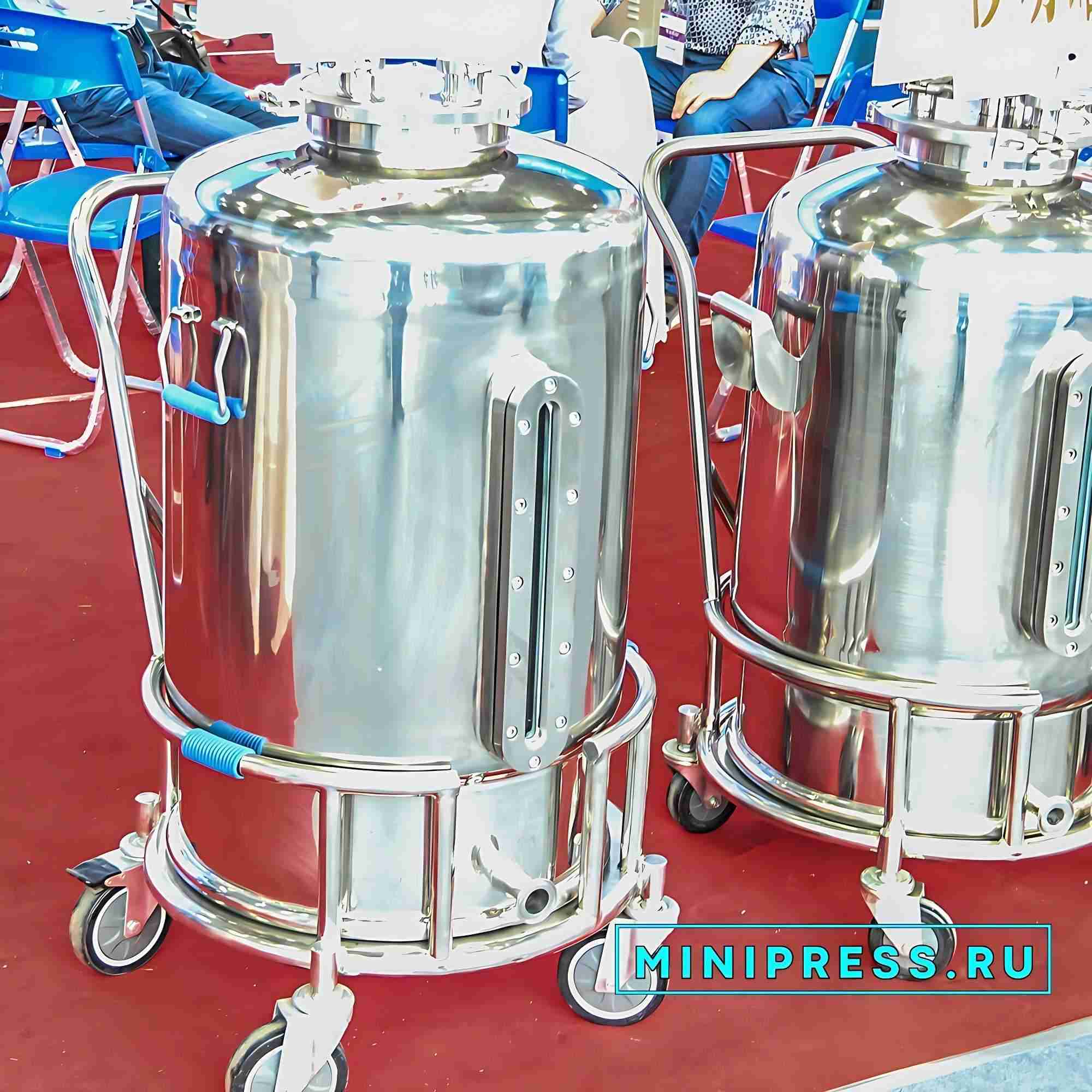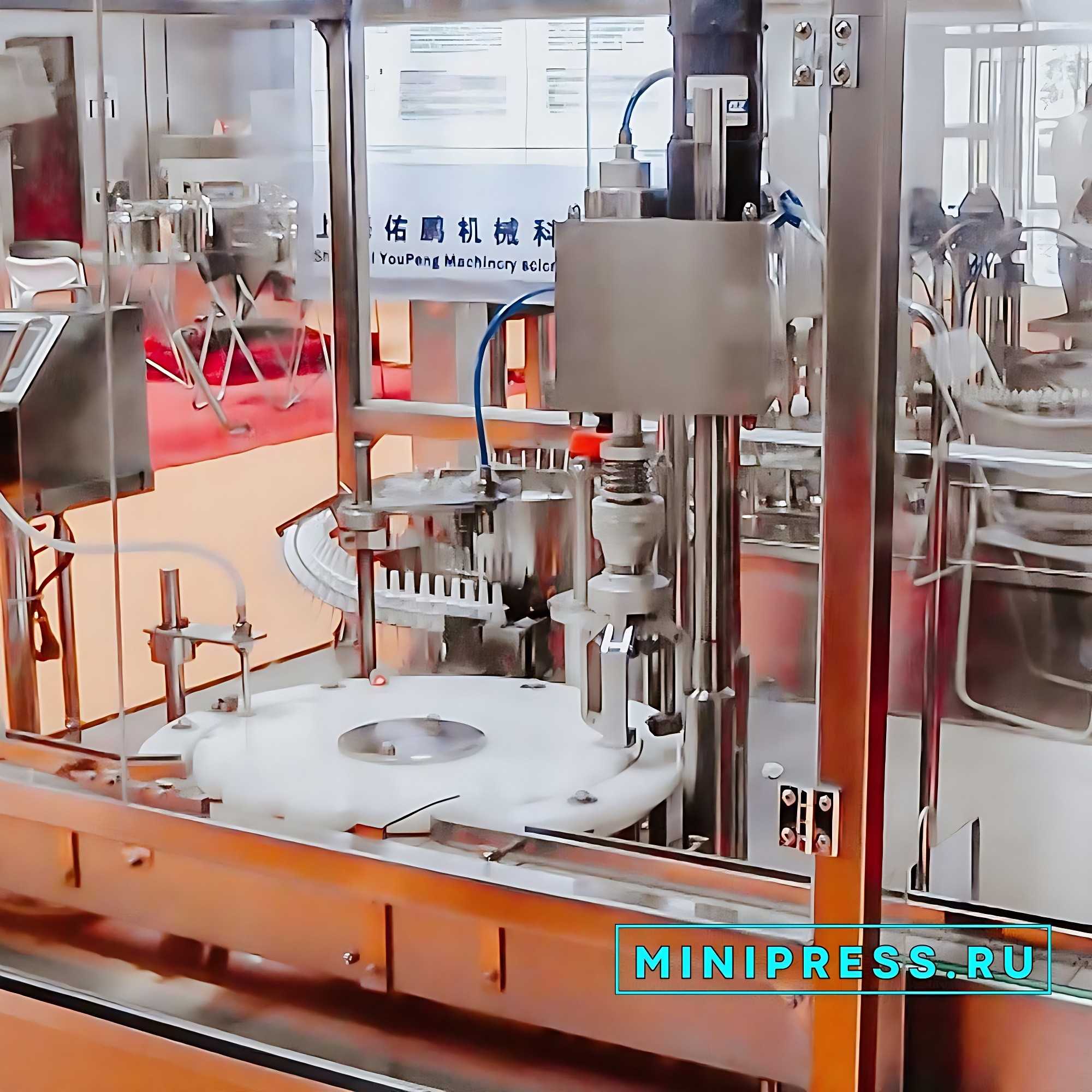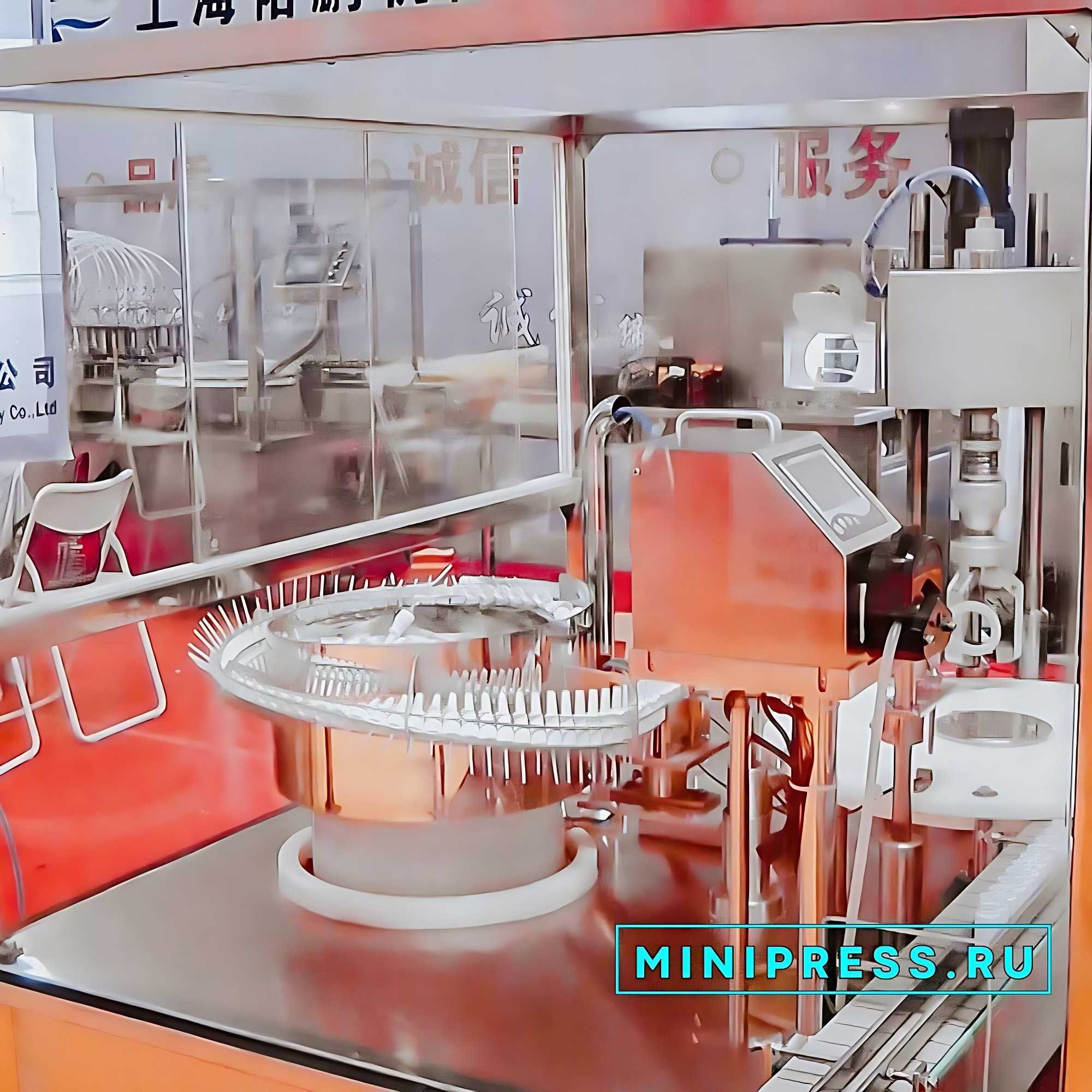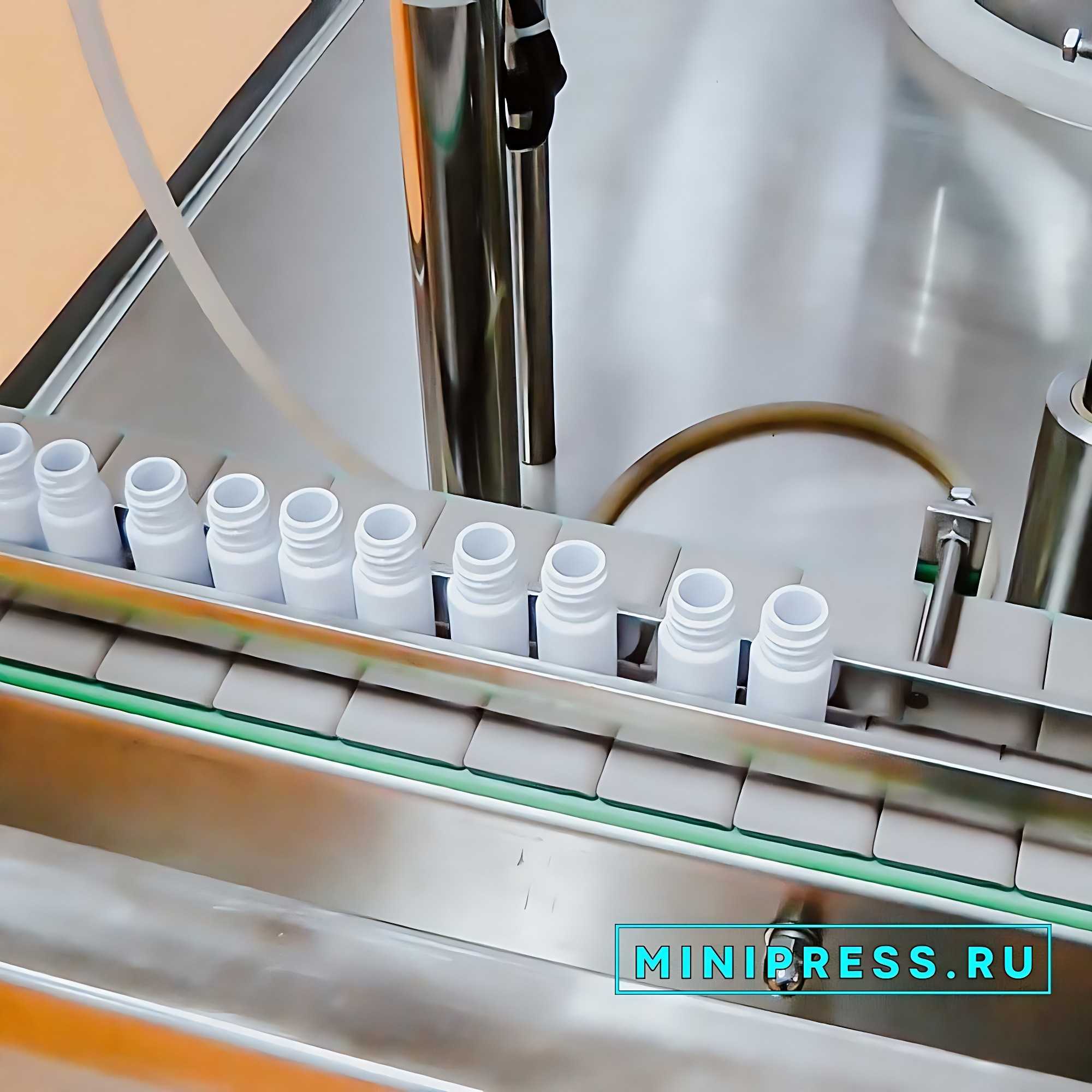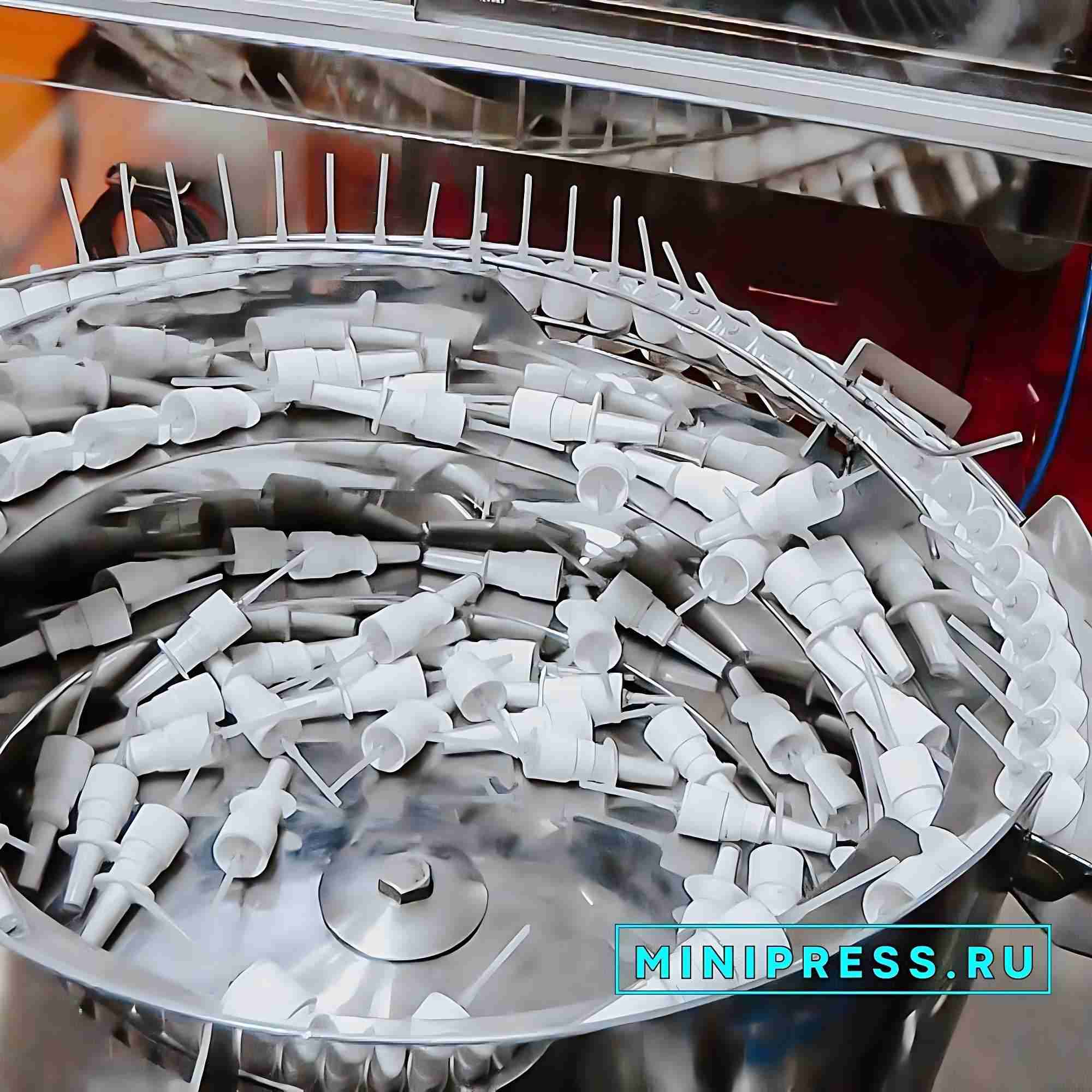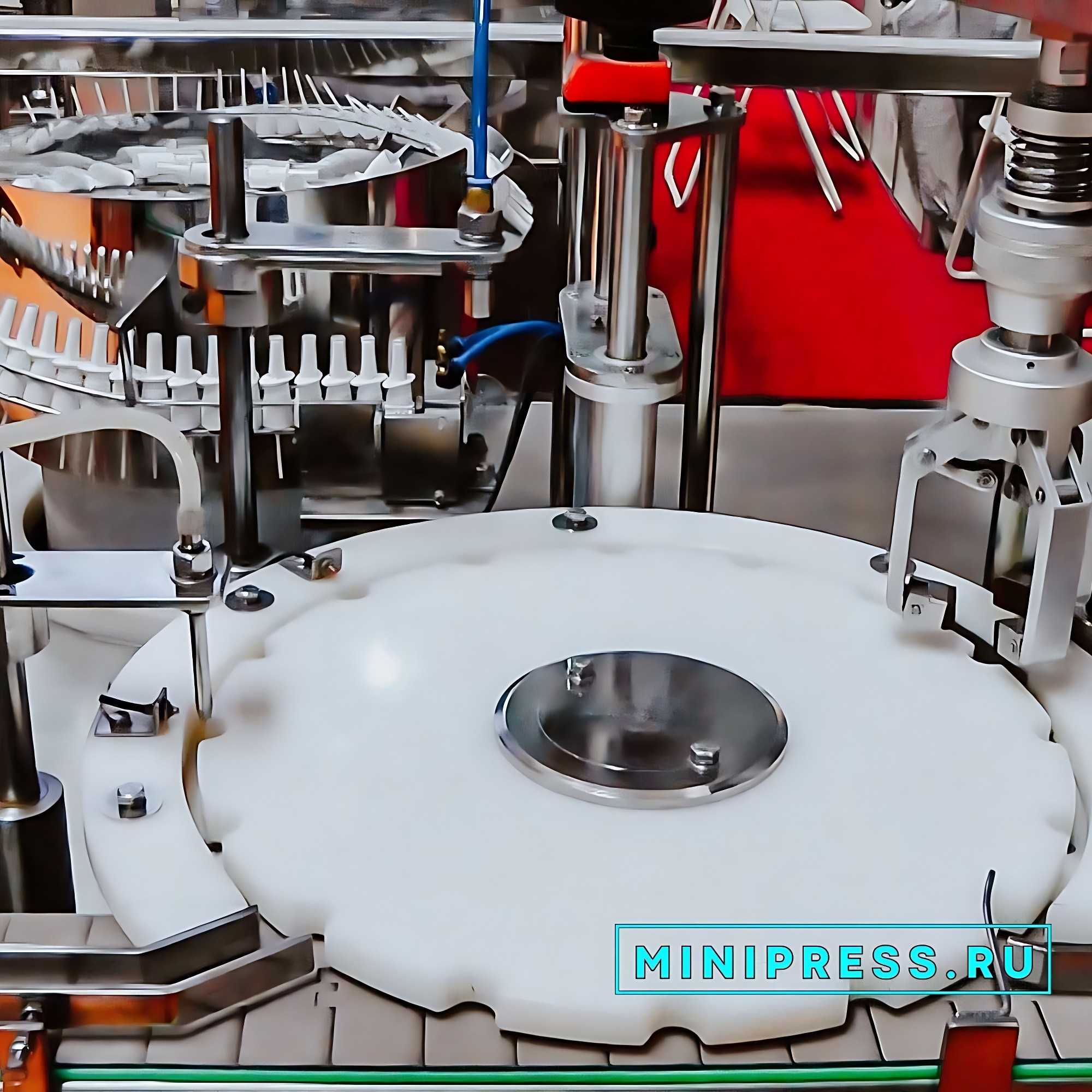HOW TO REDUCE THE PRICE?
The reason for the price reduction could be:
• Selecting a payment method
• Payment under contract directly to the manufacturer
• Ordering more than two items of equipment
• Refusal of delivery and customs clearance
• Eliminating equipment inspection prior to shipment
Everyone and always give good discounts, easy to bargain!
Phone: +79853643808
E-mail: info@minipress.ru








 8279
8279 7662652
7662652